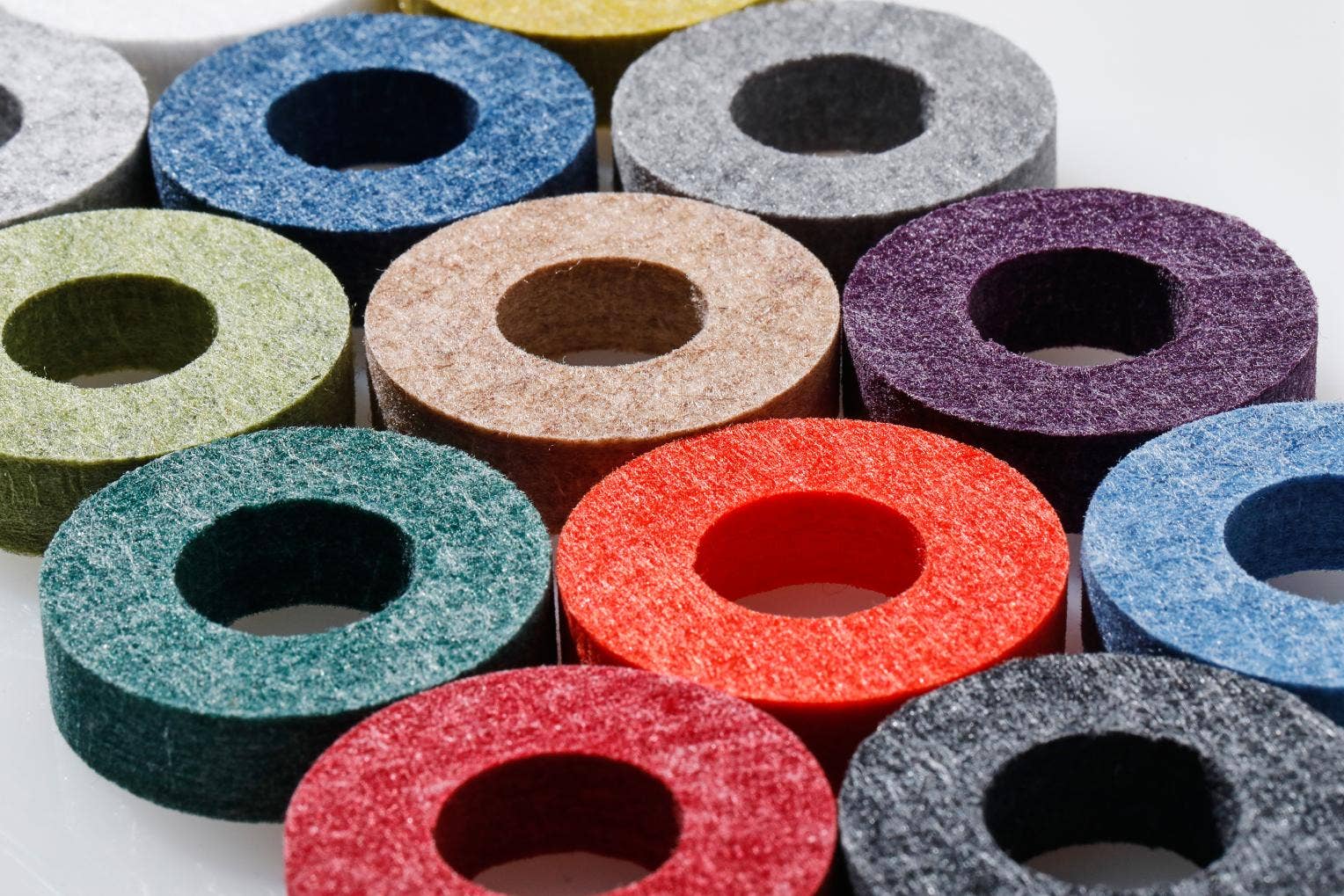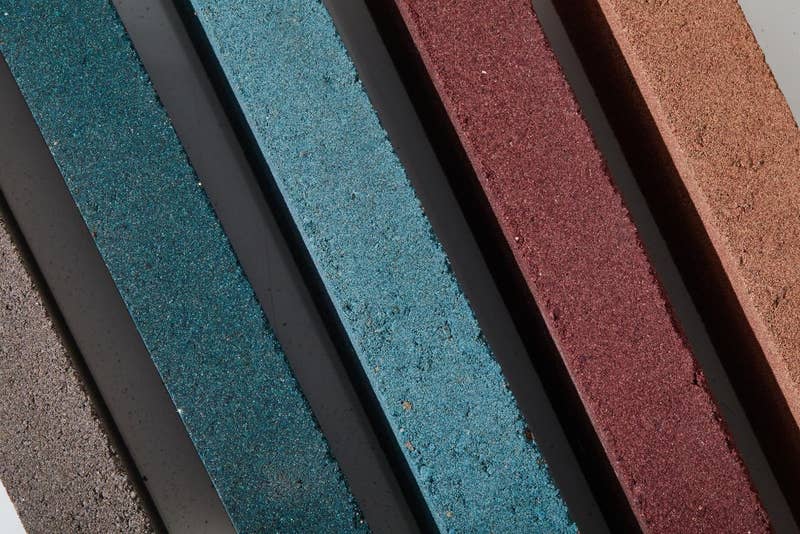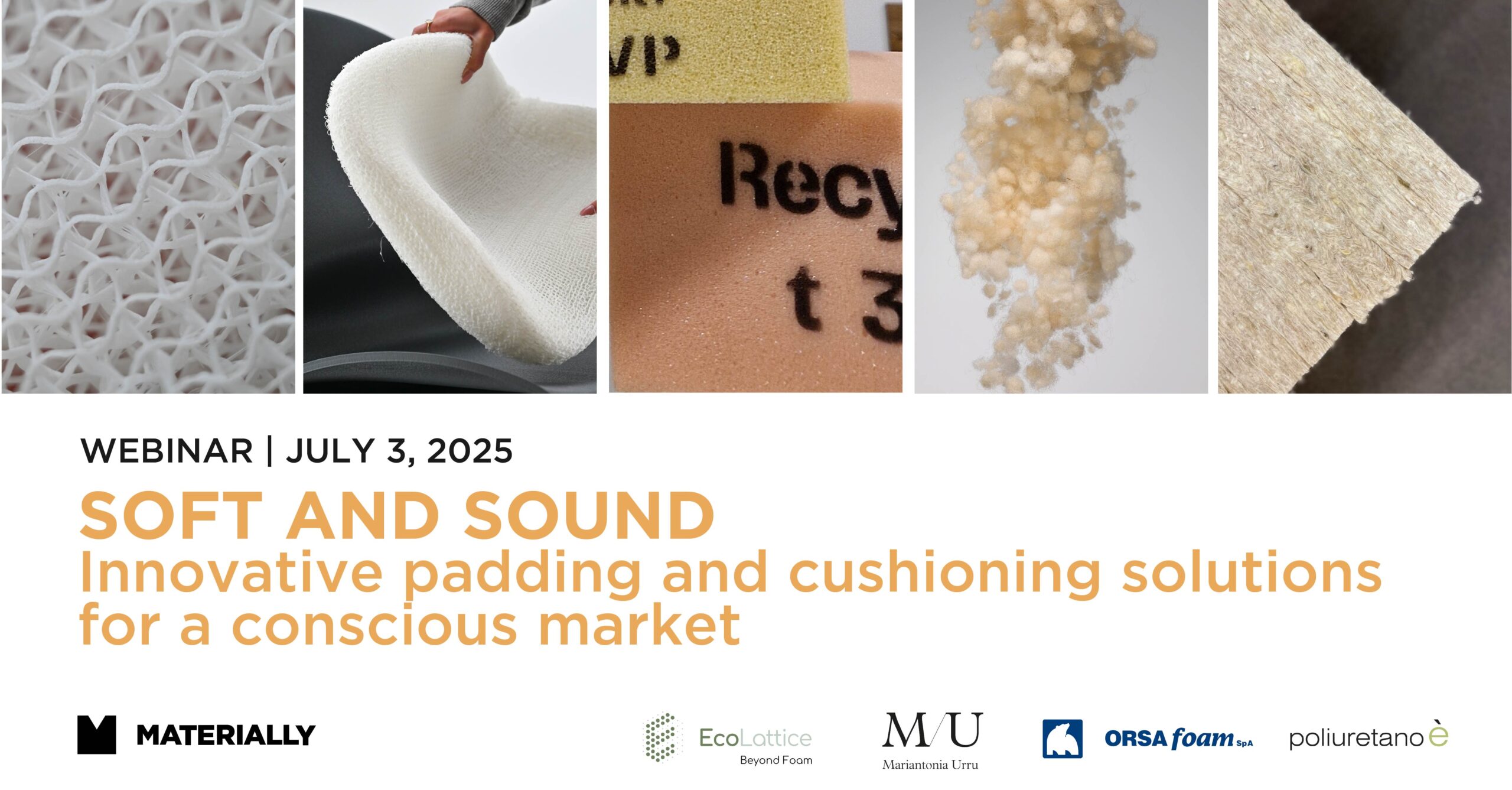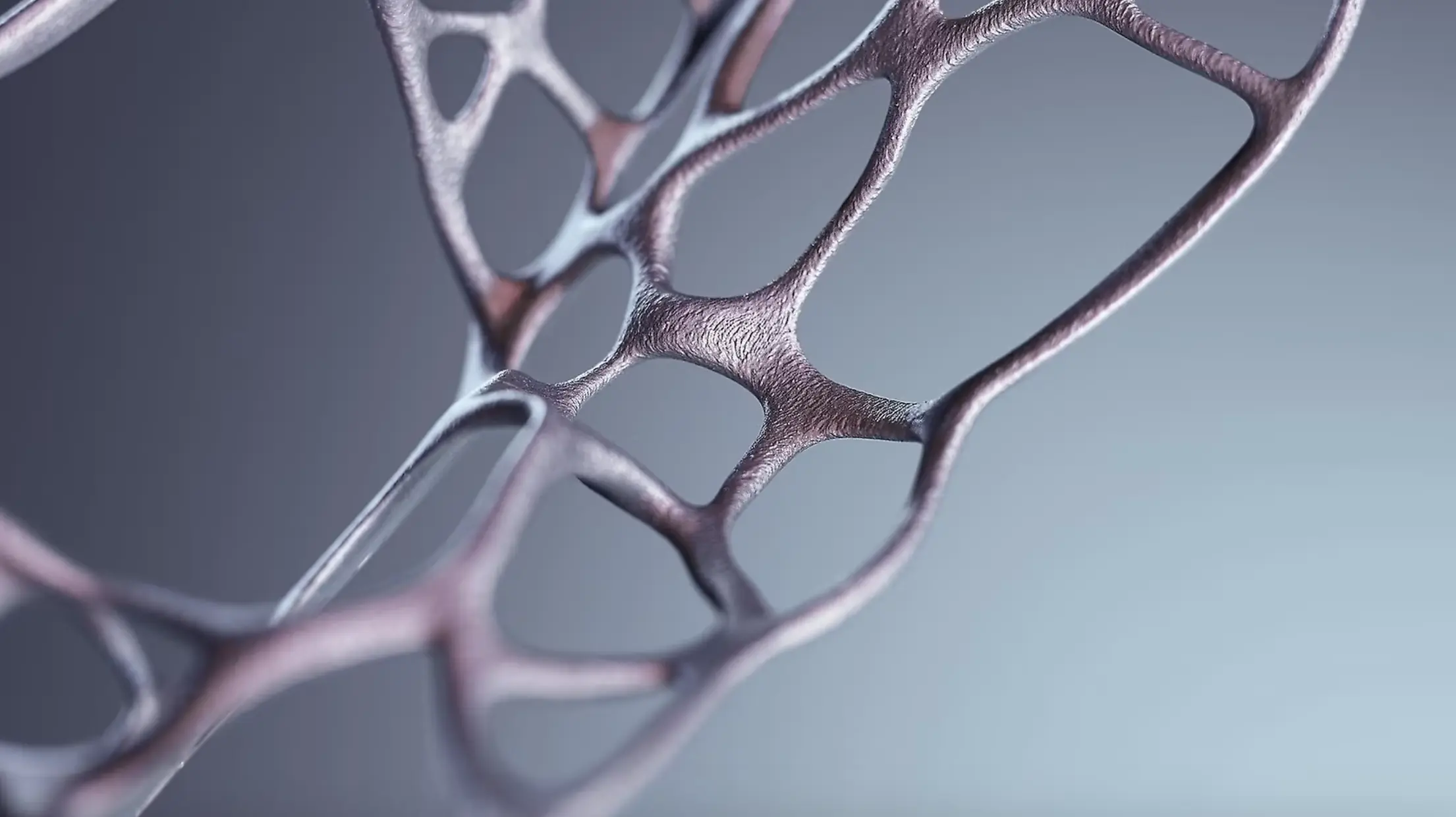
Materials in Evolution: What to Expect by 2025
What are the primary directions from which we anticipate innovations in the world of materials? While reducing the environmental impact of products and processes remains the overarching theme, three areas stand out as particularly promising. These areas have the potential to unlock new perspectives in terms of raw materials, applications in industrial processes, and the management of the entire product life cycle.
The first area focuses on lightness and reduction. While it is not new that reducing weight and material usage is a critical factor in lowering environmental impact, in sectors like automotive, lightness will become increasingly vital for improving the range and efficiency of electric vehicles. This concept extends beyond the use of traditionally lightweight materials, such as alloys and advanced composites. It also encompasses the design of structures with complex geometries that minimize material use while maintaining high mechanical performance—often achieved with the aid of artificial intelligence, biomimicry, and additive manufacturing technologies.
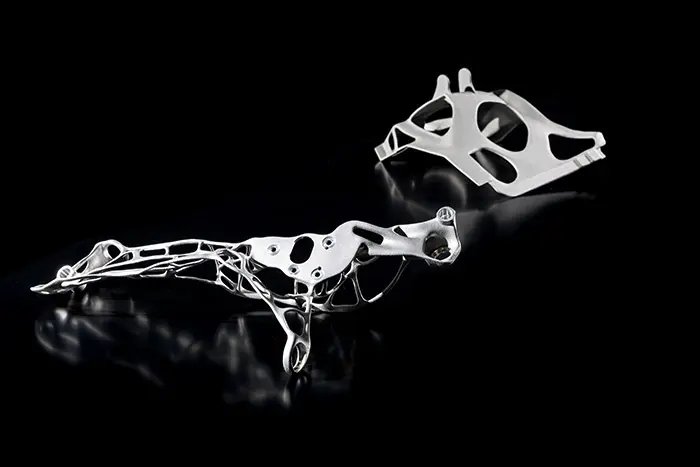
This is exemplified by Bionicast, a technology developed by Mercedes-Benz in 2022. Bionicast identifies structural elements designed using biomimicry principles, which have already been applied to some production models through advanced digital technologies. The result is a 20% reduction in material usage and weight compared to traditional parts.
Nature will not only inspire structural designs but also influence material composition. We anticipate a growing shift toward bio-based solutions derived from renewable, ideally waste resources, as substitutes for fossil-based materials. Beyond traditional natural raw materials like plant fibers, wood, paper, and leather alternatives, advanced biochemistry (which we discussed in the opening editorial of the October issue of Renewable Matter) is already introducing functional innovations. These include solutions for packaging, waterproofing textiles without fluorinated compounds, and structural coloration through the development of bio-based pigments inspired by biomimicry.

Silk proteins, which we showcased with highly intriguing applications during Milan Design Week 2024, will continue to inspire research projects focused on functional uses, such as this MIT study on materials for acoustic comfort. The result is a fabric, barely thicker than a human hair, made from a special fibre that vibrates under electrical tension, producing a ‘white noise’ effect that reduces noise disturbances and acts as an acoustic insulator.
We will delve further into bio-based materials during Innovation Days 2025, in collaboration with Spring, the Italian cluster dedicated to the circular bio-economy.

This brings us to the third topic, perhaps the most significant: traceability and measurability—two concepts central to the circular economy as a new production paradigm. Understanding the origin, composition, and actual impact of materials will not only become a regulatory requirement but increasingly a strategic lever for business competitiveness.
In this context, the Digital Product Passport (DPP) will gain importance, offering detailed information on the product’s composition, the raw materials used, and their traceability throughout the entire value chain. With the introduction of European regulations, Product Life-cycle Reporting (PLR) will become mandatory for many product categories, requiring companies to provide Environmental Product Declarations (EPDs) and other ESG reporting tools to verify the actual environmental impact of their products—free from generic greenwashing claims.

